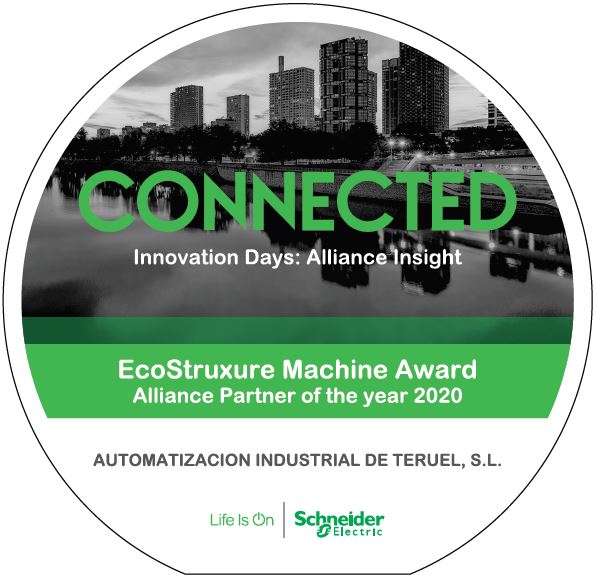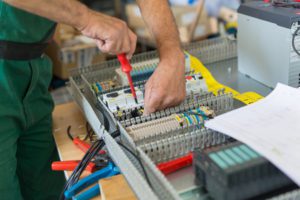Manufacturing industries across the globe face a dual dilemma when it comes to securing the human resources needed to successfully run their businesses. On one hand, many experienced industrial automation operators and technicians are retiring. The Pew Research Center is projecting that, through to the year 2030, across all industries, as many as 10,000 older workers a day will retire. In most cases these retiring employees are taking their extensive manufacturing knowledge with them. On the other hand, while older workers are leaving at a record pace, the new generation of millennials coming on board do not have the field experience of the colleagues they are replacing.
To accommodate these shifts in their workforces, most firms are turning to digital technologies like augmented reality, remote connectivity, and remote monitoring to help younger employees reach the required operational and technical support knowledge levels more quickly. Industries are migrating to different user interfaces that incorporate modern elements into both their training and process operation.
Managing such a shift can be complex. On the industrial automation level, operation technologies (OT) such as motor control, HVAC systems, energy distribution, motion control, supervision systems, and automation programming are converging with information technologies (IT) such as networks and edge computing. Identifying human resources that can master both categories of technologies is challenging for most organizations, yet very important in assuring the successful implementation of their projects.
Developing and Retaining Industrial Automation Integration Expertise
As manufacturers look to incorporate newer technologies into their workflow processes, they have a choice of either learning how to integrate these new pieces on their own or locating and enlisting a partner with the required experience. If they choose to build the skill internally, time and resources will be needed for training employees, for testing equipment, and for identifying and selecting the right providers for each phase of the project. This normally means delays in the commissioning of a new manufacturing line, for instance, as timelines must be extended to accommodate the additional complexities that are introduced. The more these delays get extended, the more both Overall Equipment Effectiveness (OEE) and Return on Investment (ROI) are negatively impacted.
For organizations who lack the necessary technical skills and where delays will disrupt time-to-market goals, another option is to form a partnership with a qualified systems automation integrator. Our company Automatización Industrial de Teruel (AIT), a recent winner of the Schneider Electric 2020 Alliance Partner Award, works with manufacturing plant managers and engineers in Spain to address system integration, power, production, process efficiency, and maintenance issues. We also play the important role of providing scarce technical resources to help clients achieve their IT/OT convergence and industrial automation system modernization goals.
Field Example of Automation Control Impact on Human Resources
One of our clients, a nationwide manufacturer of mattresses and bed bases, was facing time-to-market challenges with their bed base molding processes. The company had always used two workers to operate a key production machine (one to feed an uninterrupted supply of raw material to the machine and the other to pack the finished goods).
AIT was brought in to help and make the process more efficient. Once we observed how the work was being executed, we proposed a solution to create a storage warehouse for the raw materials, to provide automated control of uninterrupted raw material feeds, and to equip the manufacturer with a system of conveyor belts to collect the finished goods. Now, only one person is needed to execute the task of operating the machine. The result? A task that once took three days to complete, now takes only five hours (a 380% jump in productivity) and the quality of the finished product has increased as well.
For More Information
Commercial enterprises such as this mattress and base manufacturer see value in AIT’s ability to help address their human resource and process efficiency challenges. They also place value in our close alliance partnership with Schneider Electric. By knowing that we are backed by the experts of a reputable partner with global reach, they see our company as a provider of low risk/high benefit solutions that is helping them to eliminate industrial automation skills gaps. For more information about AIT, contact info@AIT-Tereul.com. To learn more about how digitized industrial automation solutions can enable modernization and enhance manufacturing efficiency and output, visit the Schneider Electric EcoStruxure™ web site.

Congratulations to Automatización Industrial de Teruel for their outstanding
performance as a member of the Schneider Electric Alliance Partner Program.


